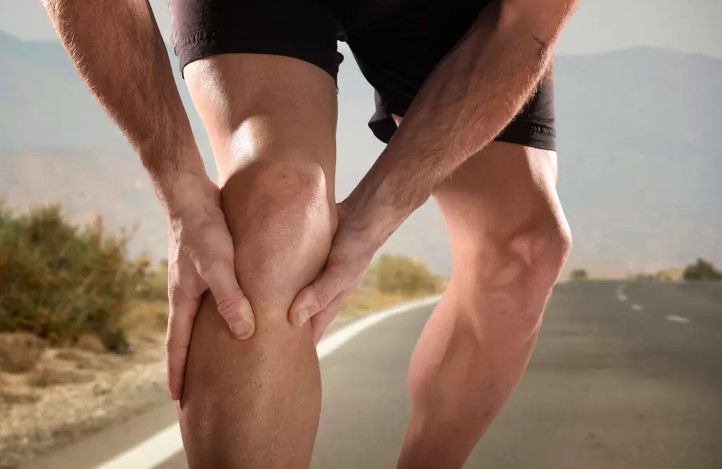路跑》這些運動傷害你中招了嗎? 9大跑步常見的受傷解析
Running Injuries: Have You Experienced These? A Breakdown of 9 Common Running Injuries

Running is a favorite activity for many, but the pain and injuries associated with running often seem like an "inevitable path" for many runners. Below, we’ll analyze 9 common running injuries and their causes to help you reduce the risk of injury.
1. Iliotibial Band Syndrome (Outer Knee Pain)
The iliotibial band connects the hip and knee, helping to stabilize the lower limbs. Overuse during running can lead to Iliotibial Band Syndrome (ITBS), causing pain from the outer thigh to the knee. Common causes include overtraining, improper running shoes, weak hip muscles, or poor flexibility in the iliotibial band. Prevention includes gradually increasing running volume, choosing proper footwear, strengthening hip muscles, and regular stretching.
2. Plantar Fasciitis (Bottom of the Foot Pain)
Plantar fasciitis is common among runners, caused by overuse of the plantar fascia. It results in foot pain, especially in the morning or after running. Causes include excessive weight, flat feet, poor running posture, and excessive training volume. Prevention involves choosing supportive running shoes, controlling running volume, and performing plantar fascia stretches and massages.
3. Medial Tibial Stress Syndrome (Shin Splints)
Medial Tibial Stress Syndrome (MTSS) refers to localized tenderness along the lower two-thirds of the inner shinbone. Causes include poor running posture, hard running surfaces, or excessive running volume. Choosing appropriate shoes, strengthening calf muscles, and avoiding overtraining can effectively reduce the risk.
4. Achilles Tendinitis (Back of the Ankle Pain)
The Achilles tendon connects the calf to the heel. Overuse or excessive strain can lead to inflammation, causing pain at the back of the ankle. Common causes include inadequate warm-up, sudden increases in training intensity, ill-fitting shoes, and weak calf muscles. Prevention includes thorough warm-ups, gradually increasing training intensity, and wearing suitable running shoes.
5. Black Toenails
Black toenails occur when repeated pressure on the toenails causes bruising. Common causes include long toenails, tight shoes, or poorly adjusted shoelaces. Prevention involves choosing properly sized running shoes (half to one size larger), trimming toenails appropriately, and securing shoelaces correctly.
6. Patellofemoral Pain Syndrome (Knee Friction Pain)
Patellofemoral Pain Syndrome involves friction or pain around the kneecap, often worsening after running or prolonged activity. Causes include arthritis, bone spurs, degenerative knee changes, overtraining, or flat feet. Prevention includes reducing running intensity, selecting proper shoes, strengthening the quadriceps, and regular rest and stretching.
7. Meniscus Injury (Knee Joint Pain in a Fixed Position)
Meniscus injuries are common knee problems among runners, with pain localized to a specific area of the knee, often accompanied by swelling or restricted movement. Causes include poor running posture, inadequate warm-up, or overtraining. Prevention involves maintaining proper running posture, thorough warm-ups, and avoiding sudden increases in training intensity.
8. Chafing (Skin Irritation and Bleeding)
Chafing occurs in areas where clothing repeatedly rubs against the skin, causing redness or abrasions. Causes include rough fabric, ill-fitting clothes, or lack of protective measures. Prevention includes choosing soft, comfortable sportswear and applying lubricants like petroleum jelly to chafing-prone areas.
9. Muscle Strain (Muscle Pain)
Muscle strains occur when muscle fibers are partially torn due to overuse or insufficient warm-up, causing pain and discomfort. Common causes include excessive running intensity, inadequate warm-ups, weak muscles, or cold weather. Prevention involves thorough warm-ups, gradually increasing training intensity, and regular muscle strength training.
Running is an enjoyable sport, but a healthy physical condition is essential. In addition to planning a proper training schedule and choosing the right equipment, warming up and cooling down are equally important. These practices help reduce the risk of muscle and joint injuries. Most importantly, if you feel discomfort, stop immediately and seek professional medical advice to prevent minor issues from turning into major problems, ensuring a safe and healthy running experience.